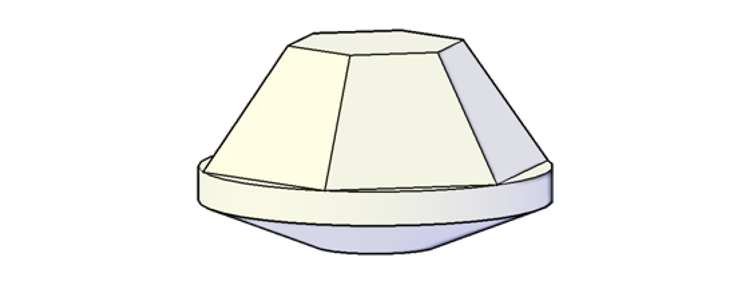
- Full title Deseño dunha aboia para a automatización e xeneración enerxética en instalacións acuícolas offshore
- Funding entity Xunta de Galicia
- Researchers Pilar Caamaño Sobrino, Vicente Díaz Casás, Richard J Duro Fernández, Fernando Junco Ocampo, Alba Martínez López, Marcos Míguez González, Alejandro Paz López, José Daniel Pena Agras, Martín Naya Varela, Pablo Fariñas Alvariño, Fernando López Peña
- Start date 07/10/2008
- End date 31/10/2011
- Centro Tecnolóxico do Naval Galego
- Universidade da Coruña
Description
In this project we have concentrated on optimising production in offshore aquaculture facilities by upgrading their technology. To be more specific, we have focused on developing a buoy that would integrate the entire system of control and automation, as well as the generation and storage of electricity.
Aquaculture offshore platforms are an emerging cultivation system that requires high technology solutions. Floating structures need materials and designs to increase their life span. What they also require is auxiliary support equipment to access the facilities and enable the production process to take place.
The effort to improve offshore aquaculture farm technology aims at minimising the costs of maintenance personnel, transport, observation and feeding. To that end we came up with an autonomous system in this project. Its functions are the following: performing predictable maintenance work, observing and monitoring the state of the harvests and feed storage as well as the managing feed storage.
On the other hand, the objective we have in mind is to maximise the intake derived from marine productions through increased profitability. This can be achieved thanks to autonomous power generation from renewable sources. Once we analysed operating conditions and alternatives that could be installed on board, we opted for a solar/wind hybrid system. We contemplated a storage system and its logistics of use in order to control the entire remote operation. In this sense, there would be savings related to the lower number of staff needed and the amount spent on transporting them.
To summarise, we provided a definition of the buoy including relevant studies of its hydrodynamic behaviour, among other factors. In addition, we managed to define control, automation and power generation systems.